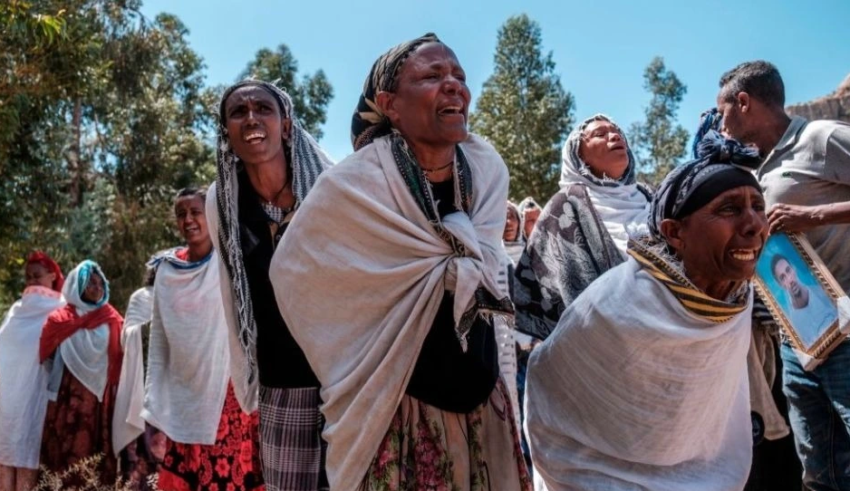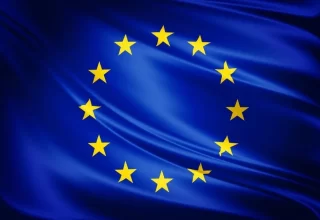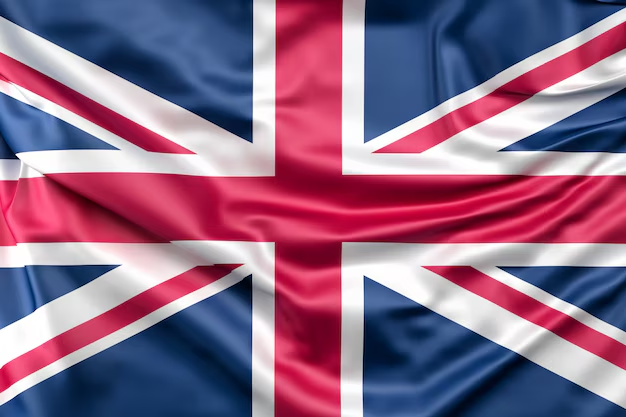
Representatives of the Ethiopian government and of the Tigray People’s Liberation Front signed a cessation of hostilities agreement on the 2nd of November 2022, raising hopes for thousands of people facing a humanitarian catastrophe that began two years ago. The African Union welcomed the deal, saying that “the agreement marks an important step in efforts to silence the guns, and provides a solid foundation for the preservation of Ethiopia’s sovereignty and territorial integrity, the immediate cessation of hostilities, the resumption of unhindered humanitarian access, the restoration of services as well as healing and reconciliation”. [1] However, as underlined by the AU mediator Olusegun Obasanjo, this is not the end of the peace process but just the beginning: implementation of the agreement will be crucial for its success.
When the conflict has started in November 2020, the federal government was naively confident that it would have lasted for a short period of time. The dissolution of the Ethiopian People’s Revolutionary Democratic Front (the coalition in power for decades that was led by the Tigrinya ethnic group) and the subsequent election of Abiy Ahmed, an Oromo prime minister, matched with the peace he signed with Eritrea, marginalized the power of representatives from Tigray and isolated them within their region, the only one over which they continued to rule on. The federal forces saw an occasion to defeat a political threat, accusing the TPLF of trying to get back its political power through the use of force; but in the end the conflict entrenched, leaving Tigray devastated due to low supplies of food and medicine (Ethiopia did not respect for the humanitarian exemption as principle of humanitarian law, using starvation as a strategic weapon), along with severe draught and disruption of basic services such as banking or telecommunication.
An important aspect of the Ethiopian conflict is the ethnic-based violence perpetrated, that has been defined as to amount to genocide in many fora; moreover, ethnic drivers triggered also other actors to join the conflict. It was reported an ethnic cleansing campaign perpetrated mainly by militias from the Amhara region, which loathe people from Tigray due to contested territorial disputes. The Eritrean armed forces, that until few years ago were fighting against Ethiopia, joined the latter in order to assess a stroke to the TPLF, an old enemy to the neighbouring country; this joint enterprise between armed forces from both Ethiopia and Eritrea caused shock among the population, leading the people to consider that, by having invited the Eritrean army to help the government to wage war on their own citizens, Ethiopia’s sovereignty has been compromised. These other parties internationalised the conflict, generating a spill over effect on bordering regional actors (such as Somalia and Sudan) and therefore undermining regional stability.
Already in March 2022 it was agreed a humanitarian truce for allowing the delivery of aids, that was supposed to pave the way for a peace deal; however, hostilities suddenly increased after five months, with the Ethiopian government accusing the TPLF of taking no steps towards peace, the Tigray’s spokespersons not willing to accept the AU mediator, and both the armies accumulating troops at the borders and accusing the other of having relighted the conflict. After two months of fighting, at the end of October peace talks started under the aegis of the AU: the cessation of hostilities agreement signed in Pretoria laid down several conditions that shall be implemented to reach a lasting peace and to reconstruct social bonds among the population, with the goal to address the underlying political differences towards reconciliation. It includes, among the others, the restoring of humanitarian access and of essential services in Tigray, and the TPLF disarmament conditioned by the withdrawal of federal military forces from the region; the cessation of all forms of hostile propaganda, rhetoric and hate speech; the abandonment by the TPLF of any attempt to change the government or undermine Ethiopian sovereignty; the lifting of the terrorist designation of the TPLF by the parliament; the creation of a national transitional justice policy to foster accountability; and the commitment to resolve territorial disputes in accordance with the constitution.
Although the promising premisses, violence in the region of Tigray has yet to stop. After having reached the ceasefire, eyewitnesses reported massacres against Tigrayan prisoners carried out by Ethiopian guards and gross violations committed by Eritrean forces; delays in the delivery of humanitarian aids and in the restoring of internet access were still reported in one month after the signing of the agreement. A serious issue is that other parties involved in the conflict, such as the Eritrean army and militias from Amhara, were not included in the text of the cessation of hostilities agreement. As a matter of fact, the degree of Ethiopian control over these troops is controversial. While civilians are expressing concerns, stating that Ethiopian government is not able to stop Eritreans when they are killing or looting on Tigray’s ground and they simply limit themselves to watch destruction, representatives from the government avoid answering questions about the topic. During the negotiations, Tigray authorities were rigid in declaring that no peace could be accepted although Eritrean forces would leave the region and basic services would be restored; however, as recognised by the words of its members, the TPLF made painful concession to build trust. In the text of the agreement there is written that the TPLF disarmament should be finalised in 30 days from the signing, but they are not ready nor willing to give up the weapons when grave acts of violence are still happening on their territory. Therefore, conditio sine qua non for ending the conflict appears to be the unconditional withdrawal of foreign forces from Tigray, to foster regional stability and at the same time to avoid a massacre when the TPLF will finalise the plan for a complete disarmament.
Scrutiny over the agreement should be ensured regionally by a Joint Committee chaired by the AU and comprising a representative from each party, appointed to monitor violations and to resolved those if anyone takes the initiative. However, Ethiopia has already been noticed for its contemptuous behaviour towards AU recommendations and decisions, as it happened also in relation to the March – August 2022 ceasefire period. Given the Ethiopian authorities’ denial since the war began that they were, inter alia, obstructing humanitarian assistance in the Tigray region, it will be critical for the African Union and others to monitor the agreement for ensuring that obstructions will end. This narrative affects also the seek for justice for victims of atrocities: with the text of agreement very broad on the transitional justice mechanism, redress is impaired by the early signs that it exists no political will to hold perpetrators accountable. [2] An example is provided by the ICHREE, undermined by the Ethiopian government through funding constraints and prohibited to access sites where international crimes took place. The way in which the federal government will respond to these acts in the short term could be an indicator of how willingly it will treat abuses in the future.
This is a fragile outcome: decisive factors will be the modes of implementation and the prompt deployment of humanitarian aid, but also the behaviour of other actors implicated, such as the Eritrean armed forces. While pledging the ceasefire agreement, the US highlighted that they will not hesitate to use sanctions to ensure its respect, especially in relation to the withdrawal of Eritrean and Amhara soldiers (US already applied a sanction regime in 2021 targeted to isolate those responsible for the blockage of humanitarian supplies). [3] Following the American example, the international community should be vigilant: in the end, international scrutiny is the key to ensuring that the parties, that committed widespread abuses, will not prolong the harm to the civilian population.
[1] https://www.peaceau.org/en/article/cessation-of-hostilities-agreement-between-the-government-of-the-federal-democratic-republic-of-ethiopia-and-the-tigray-peoples-liberation-front-tplf [2] https://www.aljazeera.com/opinions/2022/12/13/justice-in-ethiopia-must-not-be-killed-by-a-peace-deal [3] https://www.reuters.com/world/africa/us-will-not-hesitate-use-sanctions-ensure-ethiopian-ceasefire-agreement-is-2022-11-15/By The European Institute for International Law and International Relations.














